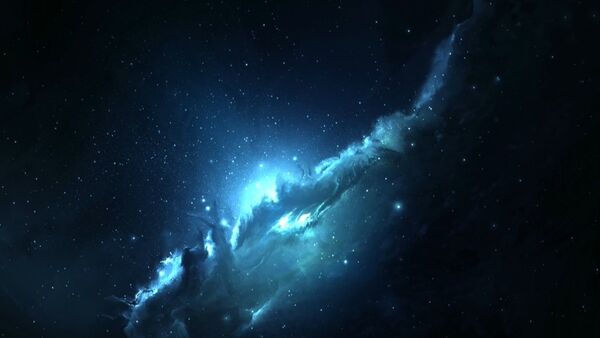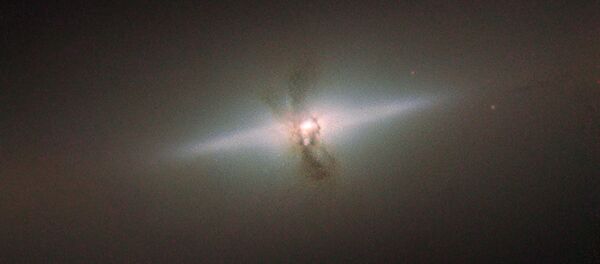Astronomers from Indiana University (IU) found that a galaxy nicknamed Leoncino, or "little lion," located in the constellation Leo Minor, contains the lowest level of metals, which are actually any chemical elements other than hydrogen or helium.
"Finding the most metal-poor galaxy ever is exciting since it can help contribute to a quantitative test of the Big Bang," said Professor John J. Salzer from IU's Bloomington College of Arts and Sciences.
Unlike the Leoncino, our Milky Way galaxy is a poor source of data because of its high level of heavier elements created over time by "stellar processing," in which stars produce heavier elements.
Leoncino is considered a "dwarf galaxy," it is only about 1,000 light-years in diameter and contains several million stars. For comparison, the Milky Way consists of 200-400 billion stars.
"We're eager to continue to explore this mysterious galaxy," Salzer noted.






